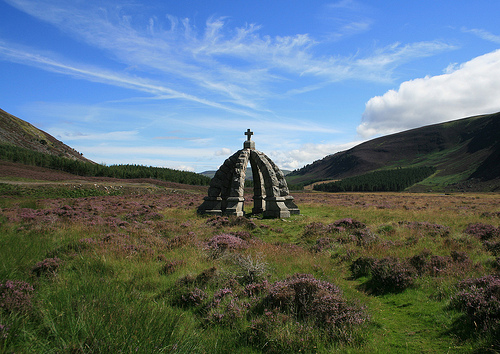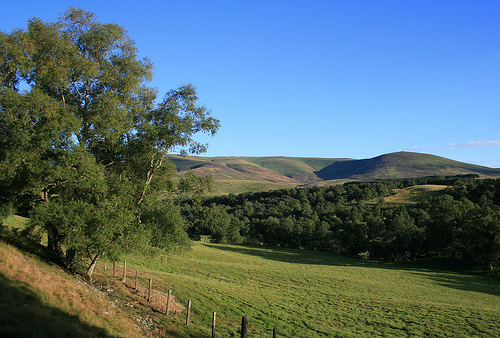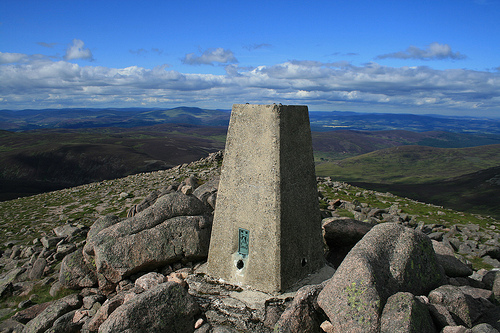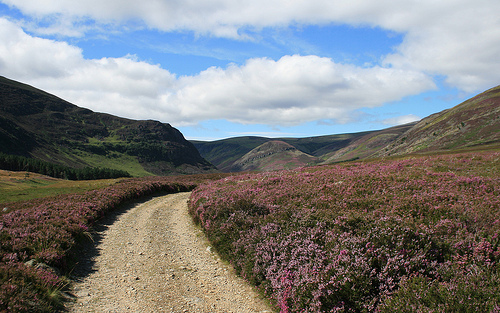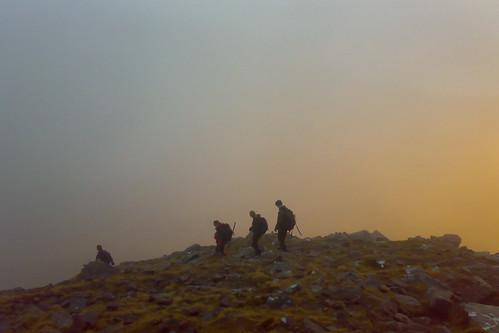I climbed my 224th Munro at the beginning of the year, on the final day of the annual JOK winter trip to the Highlands. Poor weather conditions and a lack of unclimbed Munros for me in the area (Lochaber) meant that there was only one new one climbed during the trip. The map shows I have 58 remaining, here’s a possible plan for them:
Northwest Highlands (South): 27 Munros, 14 days
- 12 around Loch Monar – there are lots of Munros accessible from this remote loch, accessed from Glen Strathfarrar, best suited for a summer 3-4 day multi-day trip with wild camping. It’s been a long while since I did this.
- 3 more from Strathcarron – these are all easy ones, good for winter, climbable in two days.
- 6 around Glen Affric – Alltbeithe bothy is a long walk in but potentially a very useful base for doing these in 2-3 days.
- 5 around Loch Quoich – another remote loch although with a road at least. Includes the westernmost of the South Glen Shiel Ridge which is normally climbed from the other direction. Three days in the summer or four in winter.
- 1 near Loch Hourn – Beinn Sgritheall.
Northwest Highlands (North): 9 Munros, 4 days
- 5 in The Great Wildnerness. A good, very long summer’s day.
- 2 on An Teallach – 1 day. The most technical ones remaining.
- 1 – Seana Bhraigh – very long walk in/out.
- 1 – Am Faochagach.
Southern Cairngorms: 13 Munros, 6 days
- 4 from Glenshee in a day including Cairnwell, the easiest one of all.
- 1 awkward one south from Linn of Dee.
- 2 very remote ones from Linn of Dee, to the south-west.
- 2 very remote ones from Linn of Dee, to the north.
- 2 more from Linn of Dee, to the north-east.
- 2 more from Braemar itself (head of the Linn of Dee).
Southern Highlands: 9 Munros, 5 days
- 1 from Corrour station – Sgor Gaibhre. Could be a good final one if the train timings work.
- 2 from Tyndrum – although rather awkward to get to, in one day.
- 1 from Loch Tay.
- 4 from Loch Tulla – a long-anticipated big mountain day.
- 1 from Loch Creran.
That makes 28 more mountain days. I’m planning on doing all the Southern Cairngorm ones in late July/early August, to coincide with the Scottish 6 Days orienteering event which is near there.


